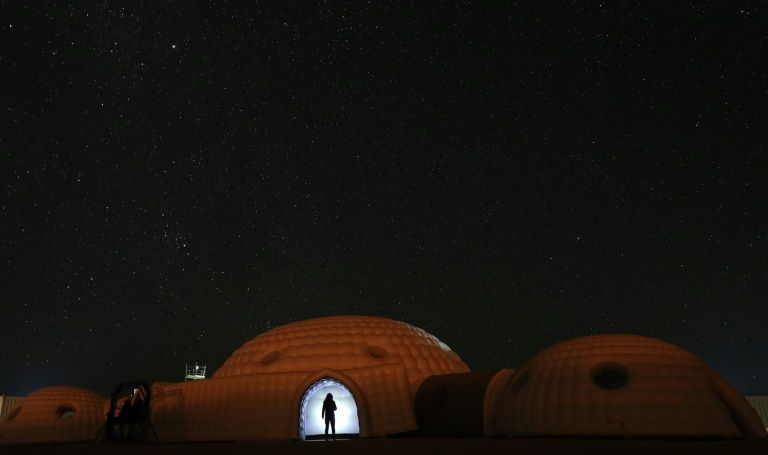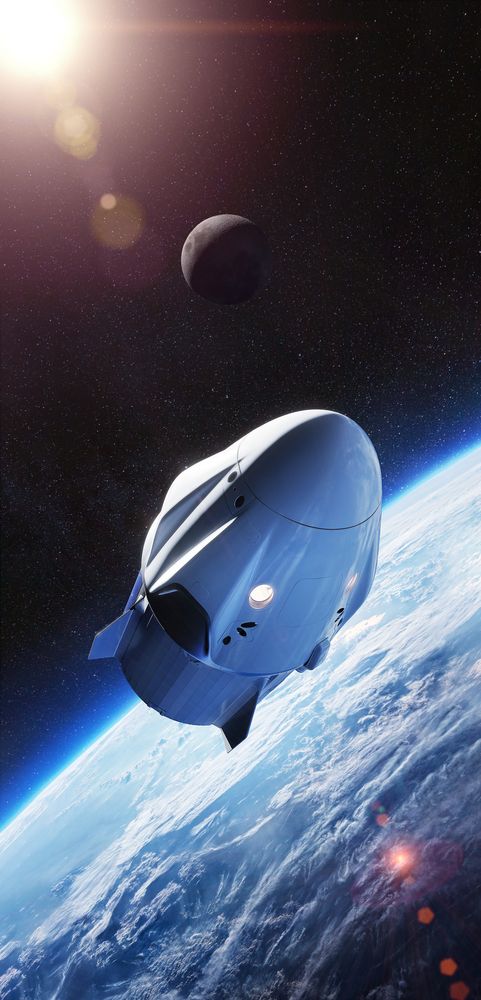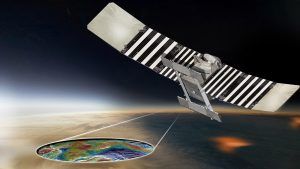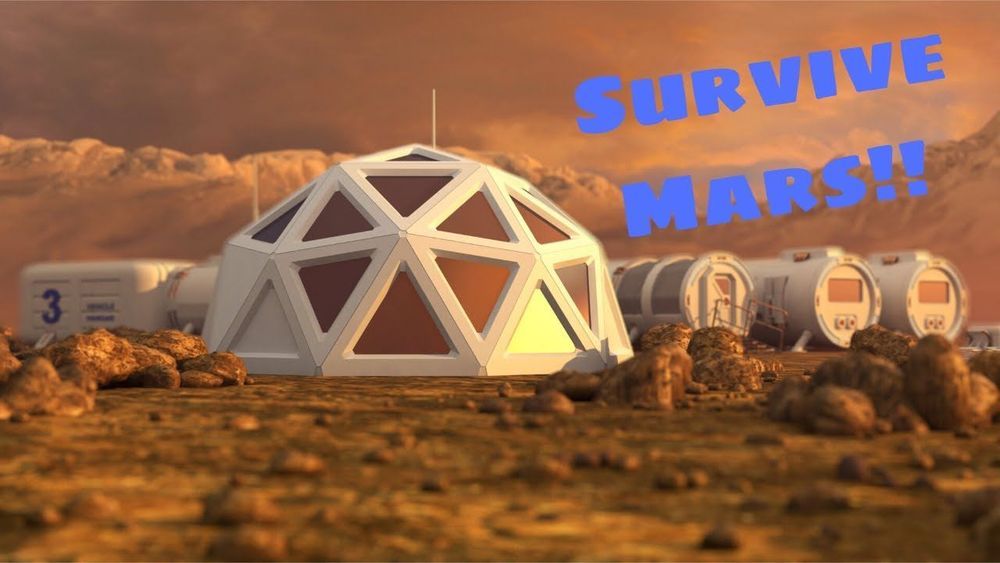These days, you’d have to actually be living on Mars not to have heard that Elon Musk wants to colonize it — and his team at SpaceX is putting in overtime to make it happen. They worked straight through December on refinements to their latest Starship spacecraft prototype, which Musk says will begin performing high-altitude tests within 2 to 3 months.
SpaceX has set the goal of first sending a cargo mission to Mars in 2022, and following it up with a manned mission in 2024 — which makes SpaceX the contender to put the first human footprint on the Red Planet.
Musk isn’t stopping there, however — back in November, he reiterated his long-term goal of building a city on Mars, which he believes will require SpaceX building & flying around 1,000 Starships moving cargo, passengers & infrastructure to Mars over about 20 years.









